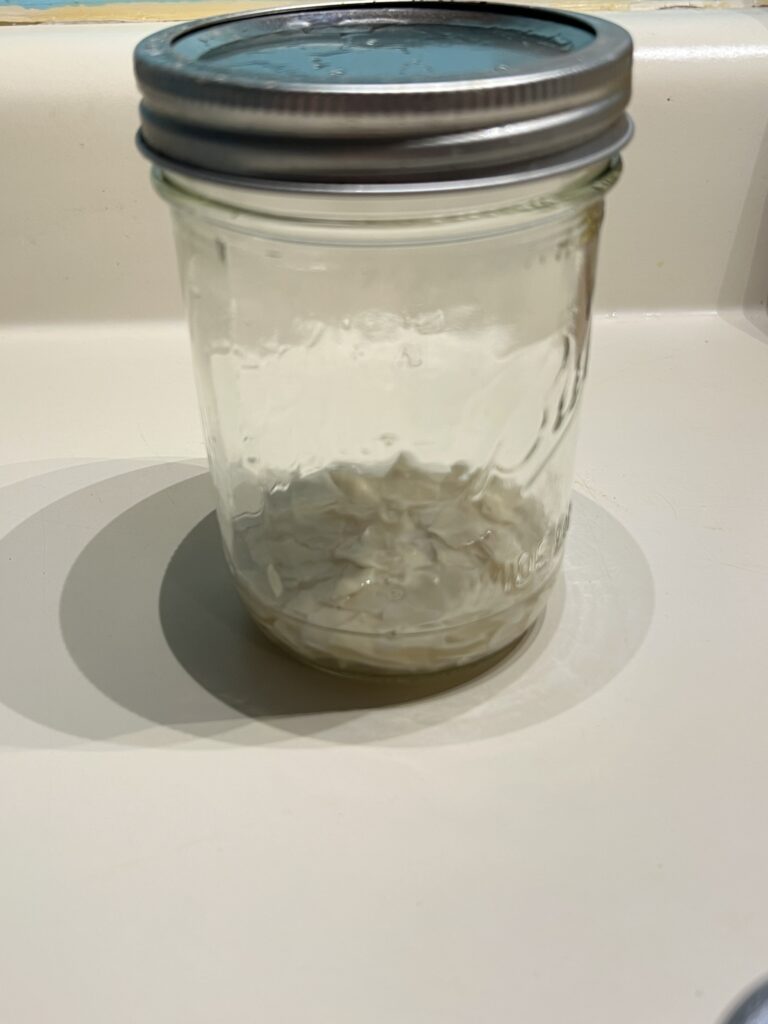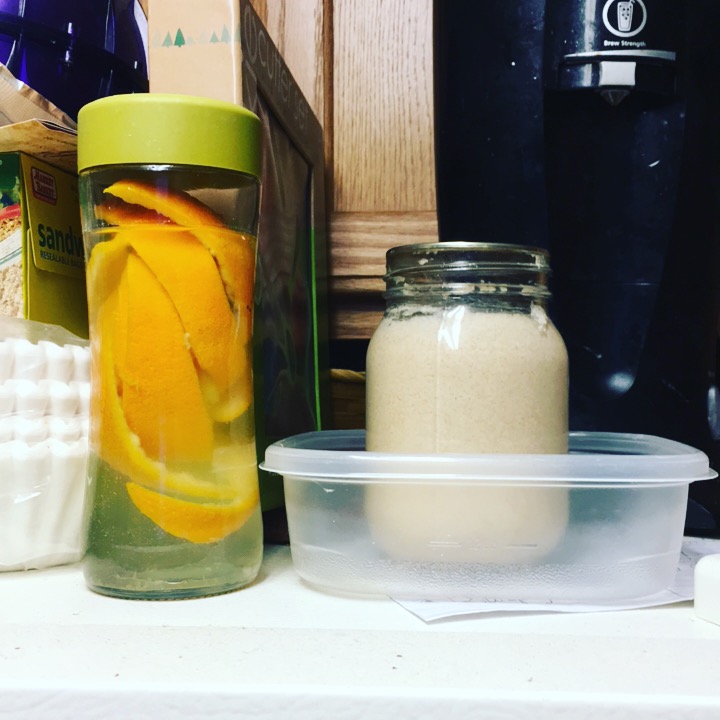100% Hydration Sourdough Starter Tutorial
This is how I create a batter-like sourdough starter. Some people would call it a “wet starter” and some would call it a “100% hydration starter”. It’s the version that people tend to think of when they hear the words Sourdough Starter.



